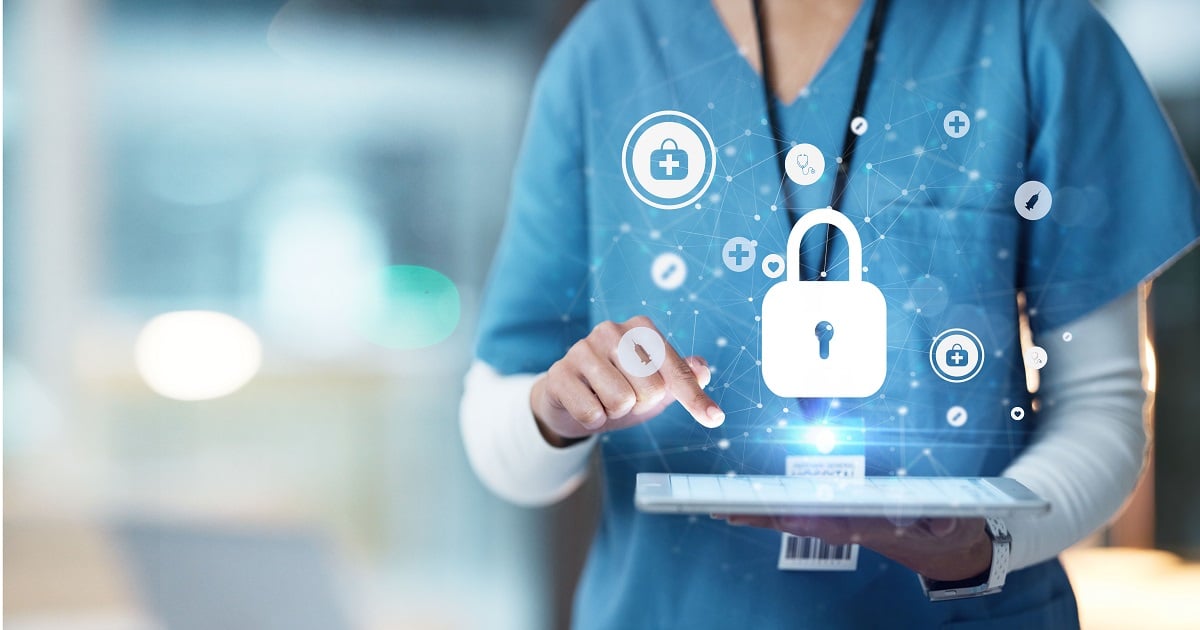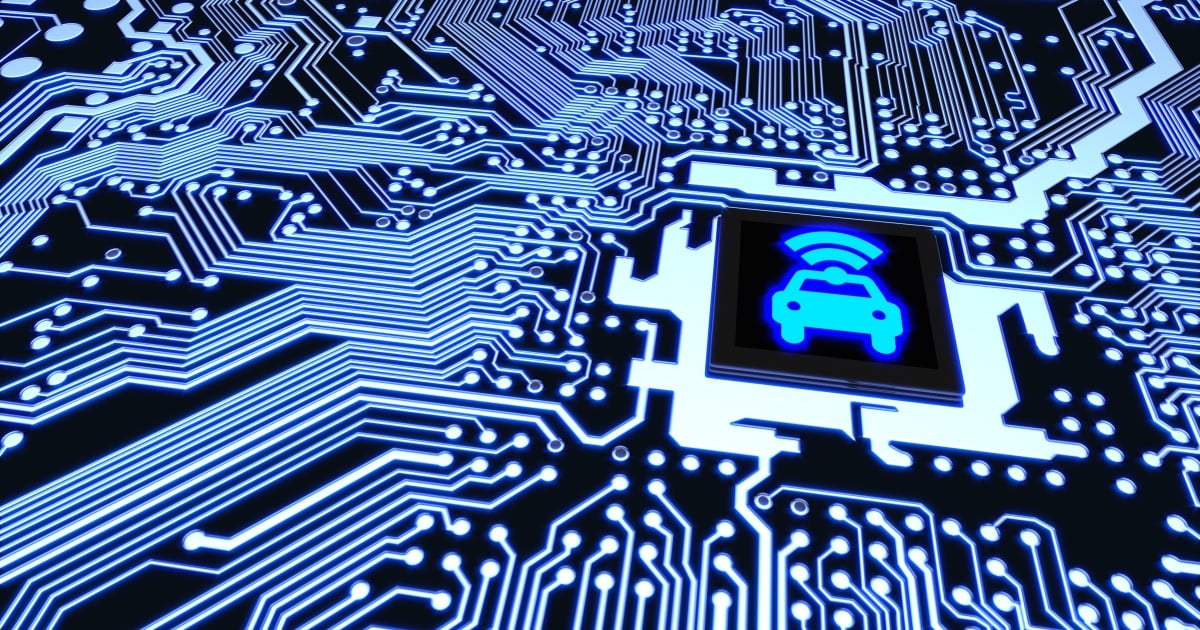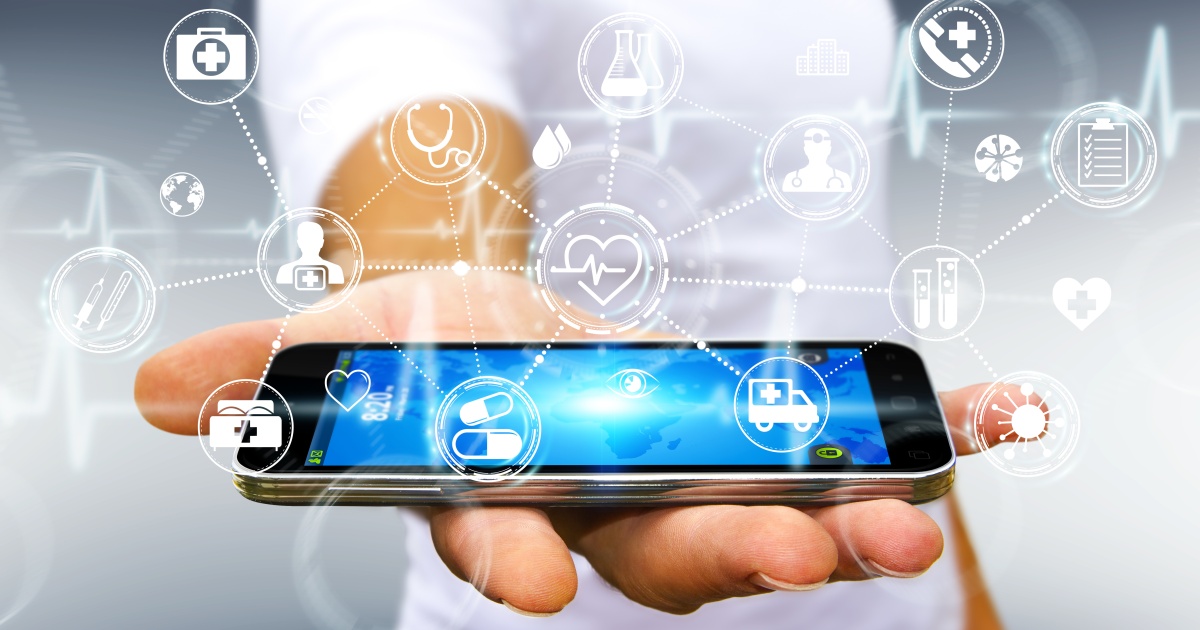
Before the worldwide pandemic unfolded, telemedicine services were used by 15,000 fee-for-service beneficiaries per week. The administration added more than 140 telemedicine services to the coverage list, and more than 24.5 million (out of 63 million) enrolees received a Medicare telemedicine service between mid-March and mid-October — about 60 times the rate of pre-pandemic levels — officials reported late last year.
As the COVID-19 pandemic continues, it has caused us to rethink how we operate on a daily basis, with the healthcare industry being amongst those most impacted. As difficult as the health crisis has been for providers and frontline workers, it has also influenced innovation, particularly in the field of telehealth and telemedicine.
While telemedicine has been around for many decades, the healthcare industry is adopting the latest technologies. Innovators in healthcare have learned to leverage artificial intelligence (AI), machine learning (ML), big data and analytics, and the Internet of Things (IoT) or the Internet of Medical Things (IoMT), to name a few. Telemedicine has since evolved into a video connection over a computer or smartphone with the doctor having the patient’s Electronic Medical Record (EMR) and the ability, with remote medical devices, to get readings of the patient’s vitals.
The embrace of digital transformation has had a tremendous impact on telemedicine, telehealth, telecare, and smart home technology for older people through the development of the Internet of Things, machine to machine (M2M) networks, and associated standards for interoperability that provide improved resilience and communication between sensors and systems, therefore enhancing the quality of life and care for all those using the services but particularly among seniors and residents in assisted living and care facilities that use technology that can monitor activities and safety, provide virtual home visits, reminder systems, increase home security and communicate information, including minimizing loneliness by acting as a portal for loved ones. Assisted devices for seniors can help restore confidence, maintain their daily activities and routines by increasing mobility while prolonging independent living and providing family members with peace of mind. These include:
- Personal alarms
- Fall detectors
- Epilepsy sensors
- Enuresis sensors
Telehealth focuses on helping people manage their own long-term conditions, including diabetes, heart failure, and chronic obstructive pulmonary disease (COPD), from their own homes. Telehealth devices include:
- Blood pressure, blood oxygen, and blood sugar level monitors
- Spirometers that measure lung capacity
- Weighing scales that can be connected to a central monitoring unit that can, in turn, connect to a clinic
The potential of technological progress in telehealth for seniors is vast and only limited by costs, time, and imagination.
“A remote doctor can provide treatment, issue an eScript to the patient’s pharmacy, or, if necessary, send the patient to an urgent care center or a hospital emergency room. With the advancement of connected devices, and the growth of the Internet of Medical Things, and the development of advanced AI computing, patients can be monitored in real-time.” Explains Barry Solomon, co-founder, and President, TeleMedCo. “Remote doctors can securely look at the patient’s medical history, order labs, and radiology, and can enter notes into the patient’s record, code the experience and send it to a carrier for billing, while also having access to real-time vitals.”
TeleMedCo is a private company established in 2015, helping institutions extend their reach by setting up their platform and serving their patients quickly and easily, with no risk. Its initial product, the Emergency Room productivity platform, is being developed in partnership with IBM Watson. The platform will reduce waiting times, stress, and provide early diagnosis and treatment by bringing cutting edge technology to the ER workflow.
By collaborating with technology ecosystem partners, TeleMedCo will provide diagnostic devices that will report vitals using cellular technology so that it goes directly to the physician, and at no cost to Medicare clients. The supplying company will then follow up with our patients to get them to sign a consent form and to train them on the devices. They will also send email and text reminders to do the vital testing and set up appointments with our physicians to read the results and make any necessary medication changes.
When a critical mass of patients is reached, the company may put its own brand on the devices or even develop new devices to either replace or supplement the ones that are already being used.
As TeleMedCo gathers vast amounts of patient data through API’s with providers. It will use this data in HIPAA compliant ways to identify developing trends both within and across institutions. Predictive algorithms will be developed from this data that is designed to aid physicians and other providers in the diagnosis and treatment of patients before catastrophic episodes can occur. The goal then is to develop AI applications with our partners like IBM and AWS. This will have great value both in medical and psychological applications.
“We are already working with an electronic medical record (EMR) and revenue management platform, and PrimoCare, a remote patient monitoring and chronic and transitional care management platform, to develop a software application wherein the data from PrimoCare’s reading of patient vitals can automatically populate into the EMR fields. This will allow physicians to much more efficiently administer to patients during televisits,” Solomon said.
The company will co-brand this service with the institutional organizations to promote their value to their constituency -- e.g. a home care client of a major geriatric institution can, as they age forward, become a candidate for senior care, independent assisted living, memory care assisted living, and nursing.
While TeleMedCo is open to any patient demographic, it is primarily targeting, through its marketing, the senior population, veterans, and current military in the United States.
“These populations have excellent coverage and are greater consumers of healthcare. They can be reached through institutional marketing to senior and assisted living facilities, memory care, and nursing homes. Vets can be reached through the VA and veterans’ organizations. In addition to medical treatment, both demographics are large scale consumers of psychological evaluation and treatment,” Solomon concluded.
Arti Loftus is an experienced Information Technology specialist with a demonstrated history of working in the research, writing, and editing industry with many published articles under her belt.Edited by
Maurice Nagle





